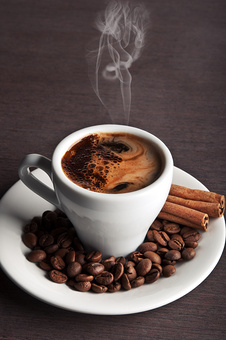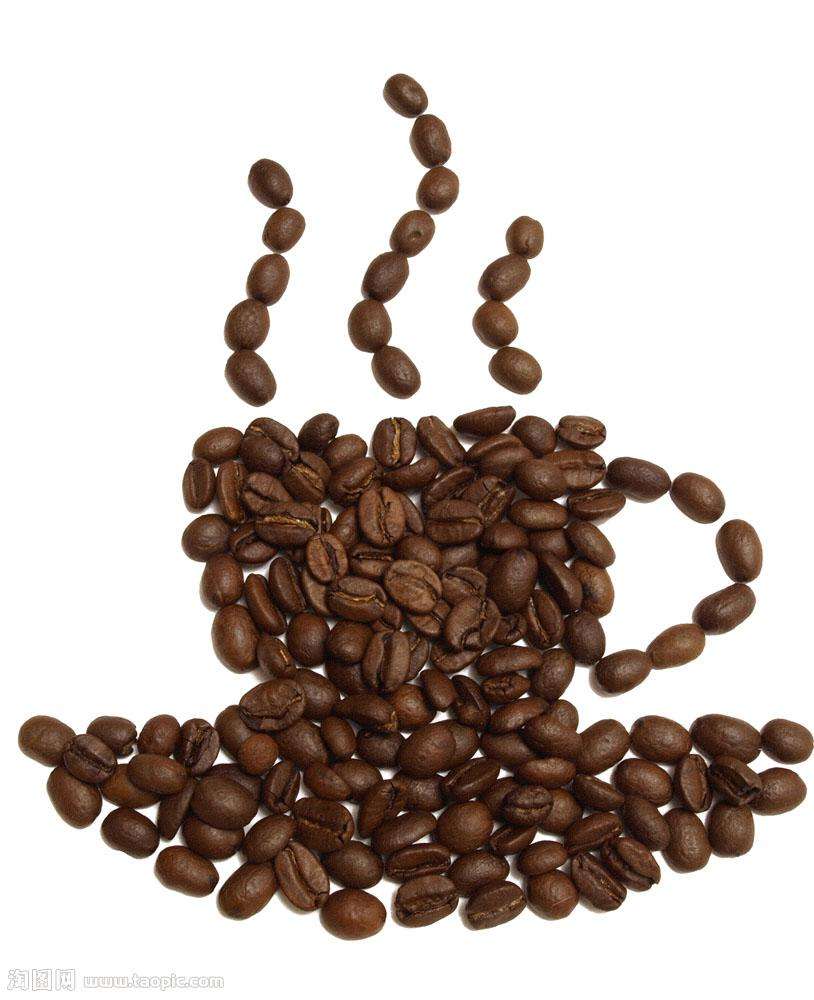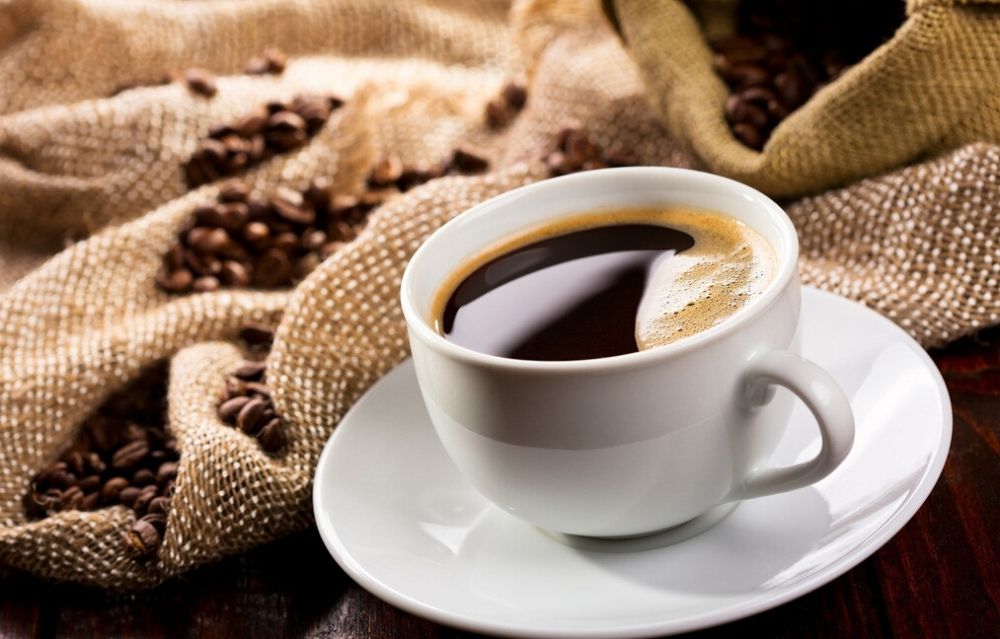2017 Italian matching and baking guide
A complete guide to Italian matching and baking
In blending, cooked spelling is more stable than raw spelling, but now many people will use raw spelling to solve Italian beans or individual blending, and even some raw bean suppliers have already assembled the beans, and the bakers can bake them directly. Normally, spelling is more stable and more time-saving, so more bakeries prefer to use it.
For example, the "procrastination" mix we use in our own store is made from a Colombian bean and an Ethiopian bean. We chose a Columbia with high sweetness as the base. This Columbia is from Sierra Nevada de Santa Marta in the Sierra Nevada in Medellin. It is 1300-2000 meters above sea level. Before baking, we noticed that it is composed of Kaddura and Ironka. The large span of altitude and two beans also indicate that the density of raw beans will vary, but the coffee beans of Supremo grade make the beans more round. And are more plump, this shape of coffee beans, in the baking, the heat is less likely to penetrate into the bean core, so the tone of baking sets the tone for a longer time of baking.
Although this Colombian Medellin has high sweetness and good taste, the aroma and flavor of the first part are weak, and the length of the final rhyme is only moderately short. Because of these two shortcomings, we added another coffee bean to make up for its aroma, flavor and tail. That is, YEKI G2, Ethiopia, this is a washed bean located in Ethiopia's KAFA forest, which is dried by scaffolding and mechanically dried, so the green beans look very beautiful and the product is very good. Growing at an altitude of 1600 meters, the beans look slightly longer and softer than Yega. When we look at the shape of the bean before baking, we can see that the centerline of the raw bean is slightly turned outward, and the shape of the bean is not big. According to experience, it is easier for this bean to let heat permeate into the bean core.

Medellin, Colombia
Yigi, Ethiopia
Roasting such two raw coffee beans with different calorie receptivity can actually be regarded as three different varieties, with different densities, sizes and shapes, which is a challenge for many beginners. Many people do not deal with the relationship between water, fire and wind, so it is easy to bake the coffee beans until they are uncooked or the flavor is too insipid.
At this time, we have to make some trade-offs. First of all, as an Italian bean, I think the taste of coffee is the most important, and coffee beans must not have a raw taste, which is what we want most in baking this blend. But the difficulty is that we need not only a good taste, but also a good front paragraph and aroma, as well as a medium and long finish, which is why we spelled this Igie into it.
We are testing that the average density of Colombia is 788 kg / m3, while that of Ethiopia is 723 kg / m3. The difference in the density of raw beans is obvious, so in the early stage of baking, we will use small fire and small throttle to steam the water molecules in raw beans for a long time to steam out evenly. The small throttle is used to keep the water molecules in the boiler. And the boiler must continue to maintain a state of positive and negative pressure close to balance, to maintain the stability of moisture in the boiler. At this time, most of the heat energy of coffee beans comes from the heat of contact with the boiler wall, which will perform better in the roaster of the thicker boiler.
When the coffee beans are completely white, add to the medium fire, and increase the throttle to increase the hot air ratio in the boiler, so that the heat can quickly pass through the water molecules into the bean core of the coffee beans. It should be noted here that the throttle should not be opened too wide, and the greater the use of hot air, the more difficult it is to show the aroma and flavor of coffee beans; and at this stage, if the hot air is controlled too little, the heat energy cannot be quickly transferred to the bean core through water molecules, the easier it is to entrap. Therefore, it is necessary to make rational use of the throttle according to their own operation and understanding of the roaster.
At this time, you only need to observe that the curve of your roaster does not deviate too much from the explosion point you set. Normally, we will enter the explosion in about 10 minutes 20 seconds to 10 minutes 30 seconds. Because there are three different varieties, different densities, different sizes and shapes of raw beans, the sound will be more fragmentary at the initial stage of an explosion. At this time, we will carefully judge the dense point of an explosion and speed up the fire for about 30 seconds when the coffee beans enter the dense explosion. The firepower in this section is the largest in the whole baking stage. At this time, the greater the firepower, the better the aroma and flavor development of coffee beans, but it should be noted that if the firepower is too large, or the fire time is too long, it is easy to scorch both ends of coffee beans, and the better the aroma and flavor development is, the shorter the flavor identification period is.
After urging this period of fire, the dense sound of an explosion is still very intense, but notice that it is the end of an explosion at this time. At this time, we will turn off all the firepower, open the air door to the maximum, and glide for about a minute. At this time to judge the aroma performance of cooked beans, choose to cool the beans immediately when the caramel aroma is the best. It should be noted here that during the whole process of the throttle opening to the maximum taxiing, the coffee beans should be in an exothermic stage, so the bean pile temperature cannot fall down. if the boiler of the roaster is thin and the heat preservation effect is not good enough to cause the bean temperature to fall, you can try not to turn off the fire after the fire, but reduce the fire to a small fire so that the coffee beans can develop continuously.
Usually, the stage from the beginning of the explosion to the next bean is called the development stage, and the proportion of the duration of this stage in the total baking time is called the development rate. For example, in the following figure, we bake the curve of this mixed bean, the development time is 3 minutes and 35 seconds, accounting for about 27.3% of the total time, that is, the development rate. In general, we will choose to control the development rate at about 25%, so that even if the baking degree is not deep, the thickness of oil and alcohol is very suitable for espresso.
At the same time, due to the medium-long baking time, the development of the two coffee beans is relatively close, and it is not easy to have a sandwiched flavor. Although Ikey will lose a little flavor, it still retains a very good floral and fruit flavor for concentration. and Colombia as the base can make the coffee with higher mellow thickness and better taste.
In such a medium-baked spaghetti bean, due to the high development rate, this combination has a better fat and thickness. We tested in the store ourselves, using Slayer coffee machine, Mythosone bean grinder, IMS water distribution network, VST15g powder bowl, using 14 grams of coffee powder, brewing head water temperature 91.6 ℃, pre-soaking time for 3 seconds, pre-soaking water for 400ml/min, flow rate at 25 seconds to extract 24 grams of coffee liquid, there is a slight scent of wild ginger flowers in front, not only caramel, roasted cocoa and chocolate It also has bright and clear citrus acids such as grapefruit and rum.
Of course, the baking method will vary from machine to machine, and all the baking curves and methods can only be used as a reference. In baking, I think the most important thing for a baker is the baking idea. If you don't have your own baking idea, then a baker's baking is like a walking corpse, as the saying goes: "be a soul baker."
Two personal views on the production of formula beans
First, it is the goal of the baker to sell coffee beans with the same taste all the year round. after all, some customers want to drink the flavor they like all year round, but unfortunately, coffee is a crop, and the harvest varies from season to season, so, how to adjust the type and proportion of the formula is a way to make fresh and stable coffee.
Second, a more important reason for making formula beans is that it can create a flavor that cannot be achieved by a single coffee bean. So making recipes is like an art, not just a tool. Interestingly, you can find that the interaction of different characteristics of coffee will form a whole new flavor, not just 1: 1: 1: 2.
When different coffee is combined, the characteristics of each coffee can still be found in some recipes, and even the cup tester can tell which beans are in it, but some combinations will suppress the characteristics of other beans when one side is stronger.
Another advantage of making formula beans is that a good formula can have a long sales cycle, meaning it can satisfy the tastes of most people, and even after a decade, the formula is still popular. In addition, good formula beans should taste good whether they are used for espresso or cooked in a follicular style.
For five steps to complete a formula bean
First, plan a process for making a recipe, and you need to think about some basic questions, such as: what kind of customer is your recipe for? Is it a home consumer, a cafe, or a multi-purpose recipe? These questions determine what flavor the recipe should have and how deep it should be baked, and the baker must know what kind of flavor he wants to bake. All these have to be decided beforehand.
Second, all kinds of coffee beans used in the formula must have their own characteristics and can perform well when they are made into individual coffee. Some coffee roasters will use poor beans in the formula and try to cover up its bad taste with baking. Personally, I think this is a thing that gets twice the result with twice the effort, and the guests will not be satisfied.
Third, determine the baking degree of each kind of beans, let the coffee beans show their own characteristics, and combine them into your recipe with their different characteristics. It is recommended to roast before mixing beans, you must try the various roasting degrees of each kind of coffee, this process is very critical, be sure to try more! It is often seen that many roasters ignore this step and decide the baking degree of each cup of coffee too early. Please remember that the best roasting degree of each coffee bean is different, and each kind of coffee tends to have more than one optimal roasting degree. In this way, countless kinds of coffee and so much roasting will turn the work of preparing the recipe into an endless nightmare.
Generally speaking, three baking degrees, mediumlight, medium, and well-done, are recommended. Many coffee roasters copy some well-known recipes, but do not hesitate to bake deep enough to lose their original flavor in order to get the so-called complete caramelization. The result is a lot of black and scorched products. Through shallow roasting, you can get the original flavor, complexity, freshness and sweetness of the coffee. Encourage to try to show your recipe with a lighter baking. Here, if the use of shallow roasting must pay attention to the roaster's baking skills, automatic roaster can not bake a good shallow roasted coffee!
Fourth, you must choose the kinds of raw coffee beans you want and their respective roasting degrees. Remember, you must keep a detailed record of the raw beans, baking techniques, and recipe proportions you use. If you come up with a good recipe, you can refer to the information on the record and continue to improve it.
There are some differences in the coffee beans harvested from season to season, and it is recommended that you re-evaluate your recipe every season. The key to the process of preparing the formula is to make sure that each bean in the formula has been baked to the perfect degree. To make the perfect recipe also depends on your taste ability, even if you think you have made the best recipe, but the final judgment is in the hands of the customer.
Important Notice :
前街咖啡 FrontStreet Coffee has moved to new addredd:
FrontStreet Coffee Address: 315,Donghua East Road,GuangZhou
Tel:020 38364473
- Prev

Yejia Xuefei can be divided into category An and category B according to the different ways of handling raw coffee beans.
Follow the caf é (Wechat official account vdailycom) and found that the beautiful cafe opened a small shop of its own, which is divided into two categories according to the different ways of handling raw coffee beans: category An is washed, and the grade standard is set by the American Fine Coffee Association SCAA, with Gr-1;Gr-2, the smaller the Arabic numeral, the higher the grade, the G1 Yejashafi style is distinct, and the citrus flavor and floral aroma are mixed in the coffee.
- Next

Four classic espresso pairing guides
Following Cafe Review (Wechat official account vdailycom) found that the people who opened a small shop in Beautiful Cafe and translated Espresso into Kung Fu Coffee must have worked hard and declared that Espresso is second to none in the coffee world. Like Kungfu Tea, in addition to the nature of tea, there is also a sense of fighting, high-end fighting equipment, sophisticated fighting techniques, but also fighting guests.
Related
- Detailed explanation of Jadeite planting Land in Panamanian Jadeite Manor introduction to the grading system of Jadeite competitive bidding, Red bid, Green bid and Rose Summer
- Story of Coffee planting in Brenka region of Costa Rica Stonehenge Manor anaerobic heavy honey treatment of flavor mouth
- What's on the barrel of Blue Mountain Coffee beans?
- Can American coffee also pull flowers? How to use hot American style to pull out a good-looking pattern?
- Can you make a cold extract with coffee beans? What is the right proportion for cold-extracted coffee formula?
- Indonesian PWN Gold Mandrine Coffee Origin Features Flavor How to Chong? Mandolin coffee is American.
- A brief introduction to the flavor characteristics of Brazilian yellow bourbon coffee beans
- What is the effect of different water quality on the flavor of cold-extracted coffee? What kind of water is best for brewing coffee?
- Why do you think of Rose Summer whenever you mention Panamanian coffee?
- Introduction to the characteristics of authentic blue mountain coffee bean producing areas? What is the CIB Coffee Authority in Jamaica?

